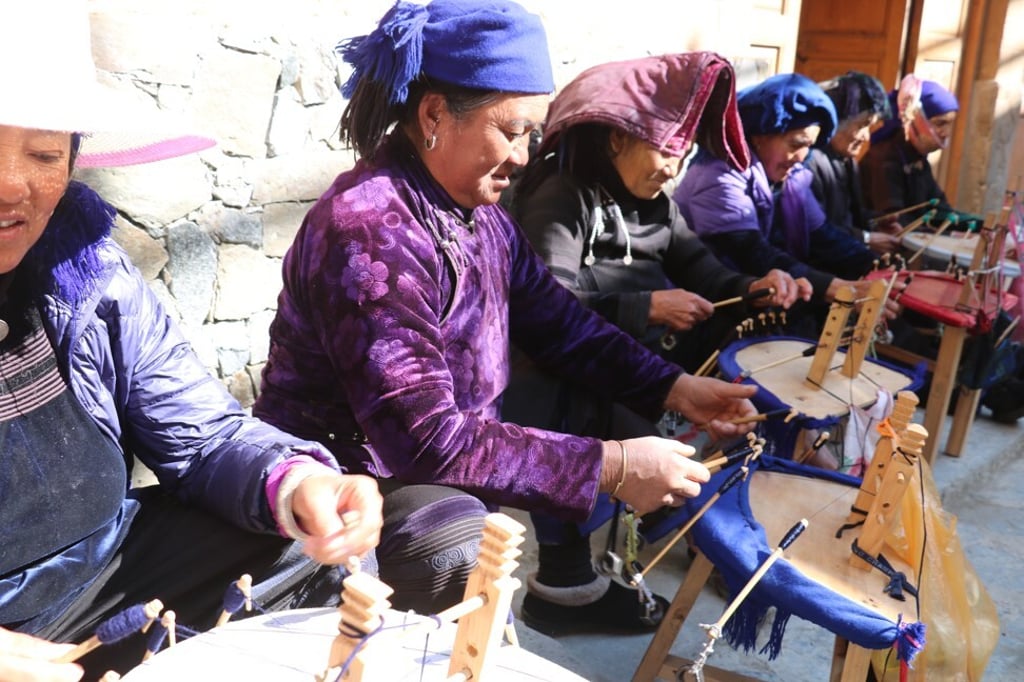Hiking the Yuanyang rice terraces - well off the beaten track
- Beyond tourist-trap villages like Qingkou lies a welcoming, authentic taste of rural China
- A professor from Azheke has initiated a bilingual programme to educate visitors about the culture and kin of the Hani ethnic minority

Many of northern China’s migratory birds winter in bucolic Yunnan province and, as the mercury dropped in Beijing in November, I followed suit.
A journey south from the Yunnan capital, Kunming, trades kilometres for degrees and I’m in short sleeves by the time I reach Honghe Hani and Yi autonomous prefecture.
The air smells as rich as the claret hills that define this land, hemmed in by the Red and Mekong rivers. It’s the local dress sense, however, that tells me I’ve reached Zomia – an academic term denoting the uplands of Southeast Asia and Southwest China inhabited by minority peoples. The female commuters in Nansha township, where I transit from air-conditioned coach to mountain-bound minibus, are all sporting the flowery costumes of their tribe, be it Yao, Miao, Dai, Hani or Yi.
Xinjie is a lively market town that doubles as the regional transport hub for visitors to the Honghe Hani rice terraces. Every street heaves with activity: seamstresses fix bright orange stockings; hole-in-the-wall cobblers bang at leather shoes; wrinkled mountain women sell home-grown fruits from wicker baskets.

The township is best seen from a mountainside temple, I discover, a stiff hike leading to a panorama of tenement-lined winding roads fraying to the very edges of a high ridge.